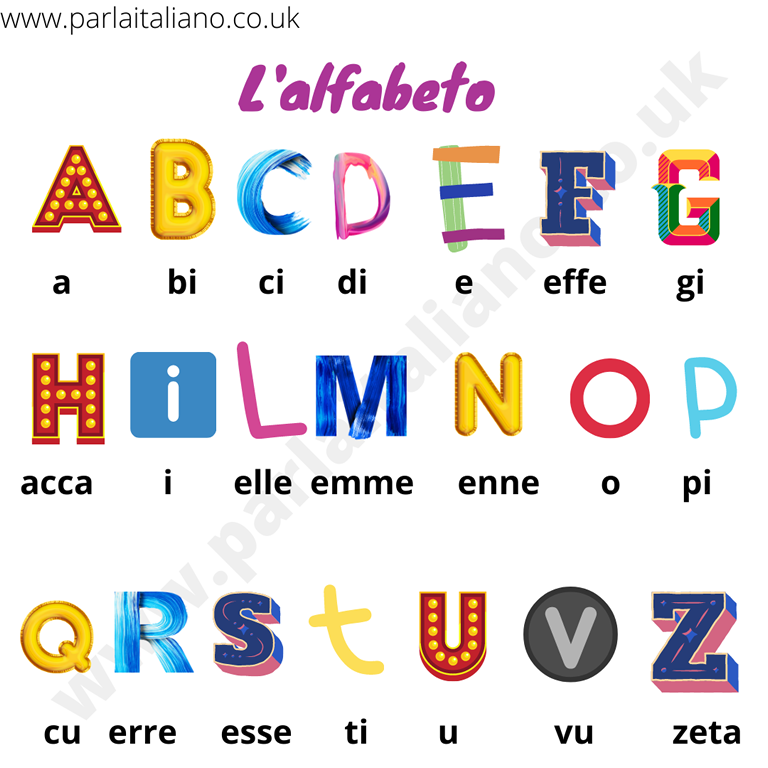What is a phonetic language?
Italian is a phonetic language and this means that – for the most part – it is pronounced as it is written. This is good news if you are learning Italian. Consequently, compared to other non-phonetic languages, writing in Italian is fairly straightforward.
If you are an English speaker, it might take a little time to get used to correctly pronouncing the last vowel of Italian words. Therefore, practising the actual sound of them helps, as well as practising the whole alphabet.
.

.
21 letters only
The Italian alphabet, as compared to the English, only has 21 letters:
16 consonants and 5 vowels.
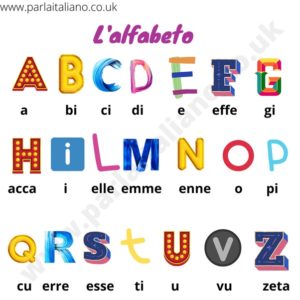
Here is how to pronounce each letter:
So, what about the other letters that are missing: j, k, w, x, y.?
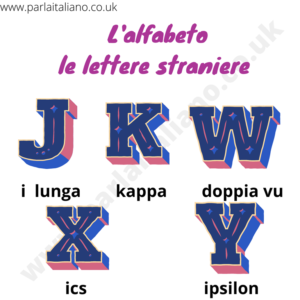
Well, they don’t belong to the Italian alphabet and so are considered foreign letters. Consequently, they are used to spell foreign words which have been adopted from other languages. For example: jolly, kayak, web, xilofono, yogurt.
Here is how to read them:
The letter H
A note must be added about the letter h. This letter is not pronounced in Italian. The h is used as a diacritical mark, which means that it is added to other letters, namely c and g, to change their pronunciation.
The rule of pronunciation for c and g
The sound c can be pronounced in two different ways, as in the words ciao and casa.
In ciao the sound c is soft like the English ch as in Charlie and in casa, the sound is hard as the English k as in kayak.
Here is the rule of pronunciation of c:

Here is the rule of pronunciation of g:
In the same way, g can have a soft sound like in gelato, pronounced as j in jelly and hard sound as in Gatto, pronounced as the g in Gary.

The double consonants
Double consonants are also a characteristic of the Italian language. Double consonants are pronounced differently than the single consonants. They are pronounced with more emphasis and for longer but also the length of the vowel preceding the double consonant is shorter as in this example of the palla (ball) and longer before the single consonant: pa:la (shovel).
Any consonant can be doubled in a word with the exception of the h, as it is not pronounced. The double letter q is present in the Italian alphabet only in the word ‘soqquadro’ which means to turn upside down/to create havoc, chaos.
The Italian vowels
In Italian, we have 5 written vowels: a, e, i, o and u. However, in fact, we have seven sounds as ‘e’ and ‘o’ can be pronounced opened or
closed producing two different sounds for each letter. Here is a rough way of understanding how to pronounce these sounds if you speak English:
A a (Anna)

pronounced /a/ as in father
E e (Elefante)

E is pronounced either /e/ as the a in chaotic (Close sound)
or /ɛ/ as the e in red (Open sound)
I i (Italia)
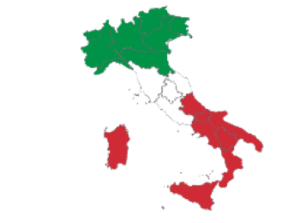
Pronounced /i/ as in ee in feet
O o (Orso)

Pronounced /o/ as in ow in owe (close sound) as in Orso
O o (Otto)

Pronounced /ɔ/ as in ou in ought (American pron.) (open sound) as in otto
U u uva
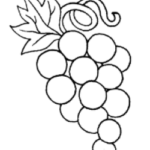
Pronounced /u/ as in oo in boot
The grave and acute accents
The accent in this case is usually a grave accent as in papà, caffè, lunedì, però, più, ecc. All vowels can have a grave accent, however only the letter e can have an acute accent for example perché, poiché, etc.
In standard Italian, the pronunciation of the e varies according to the grave/acute accents. The acute accent is pronounced closed, and the grave opened.
Some native speakers – including myself – however, might not differentiate, in the north for example the word perché is pronounced incorrectly with a grave accent.
Relevant vocabulary:
L’alfabeto italiano – the Italian alphabet
L’alfabeto inglese – the English alphabet
La lettera – the letter
La lettera straniera – the foreign letter
Il suono – the sound
La consonante – the consonant
La vocale – The vowel
La doppia – the double consonants
L’Accento – the accent
L’accento acuto – the acute accent
L’accento grave – the grave accent


